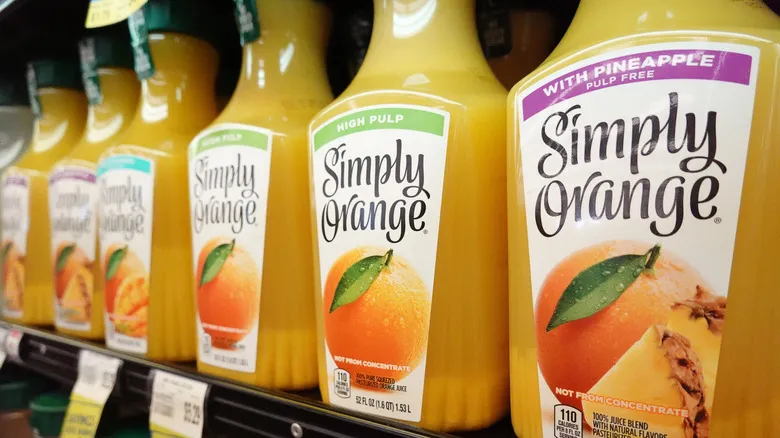Don't be surprised if your OJ tastes different in the future
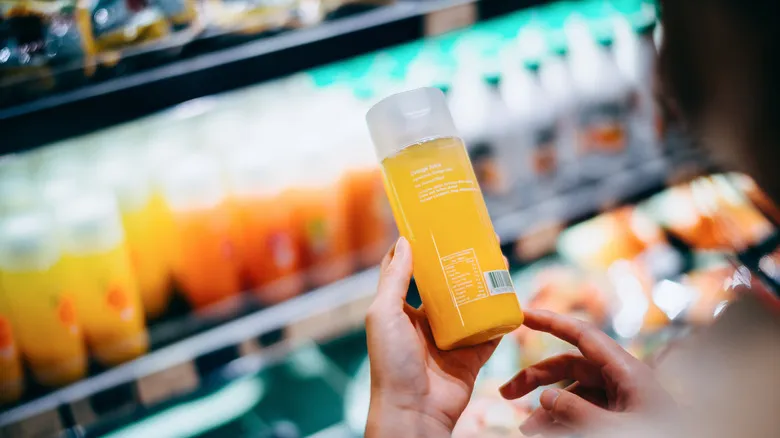
Due to the challenges confronting the citrus industry, particularly related to diseases and weather-induced crop shortages, some orange juice brands are starting to explore alternative fruits to meet consumer demand. For example, the British company Coldpress launched mandarin orange juice earlier this year in response to escalating orange prices. In an interview with the Financial Times, Kees Cools, president of the International Fruit and Vegetable Juice Association, remarked that the industry is facing a crisis and that incorporating other citrus fruits could be essential for long-term sustainability.
Fortunately, Citrus Industry Magazine reports that the USDA has projected a 3% increase in the production of mandarins and tangerines from 2023 to 2024, providing the industry with a potential fallback if major producers opt to explore other fruit juices.
However, until more companies transition to alternative citrus juices on a larger scale, these strategies do little to alleviate the current high prices of orange juice. While frozen orange juice concentrate offers a more affordable option, it often lacks the flavor of fresh bottled juice. Additionally, looking for discounts and coupons for orange juice at local grocery stores like Aldi, Costco, and Walmart may be your best chance for slightly better prices.
Recommended

The Reason You Should Avoid Buying Pre-Cut Meat At The Grocery Store
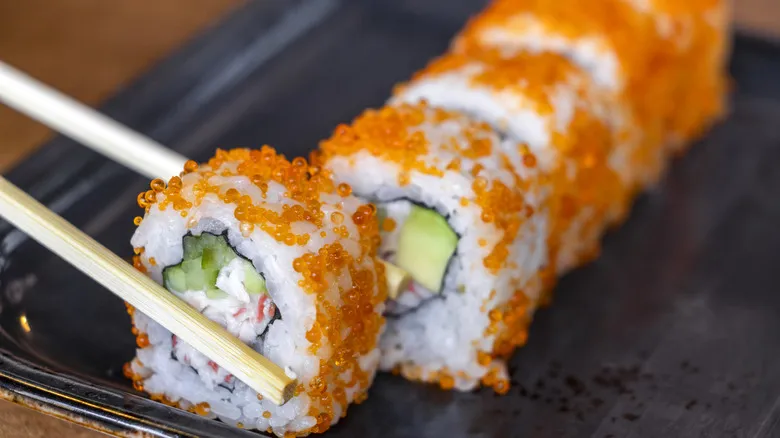
The Best Deal On Fresh Sushi Happens At Whole Foods But Only On Fridays
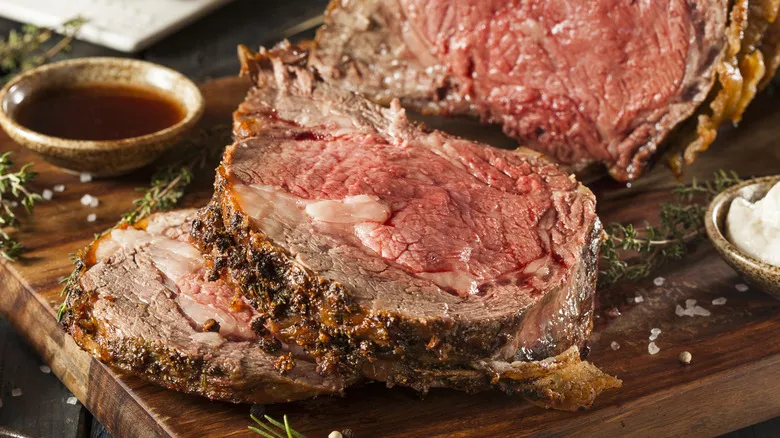
How To Choose A Cut Of Prime Rib At The Grocery Store
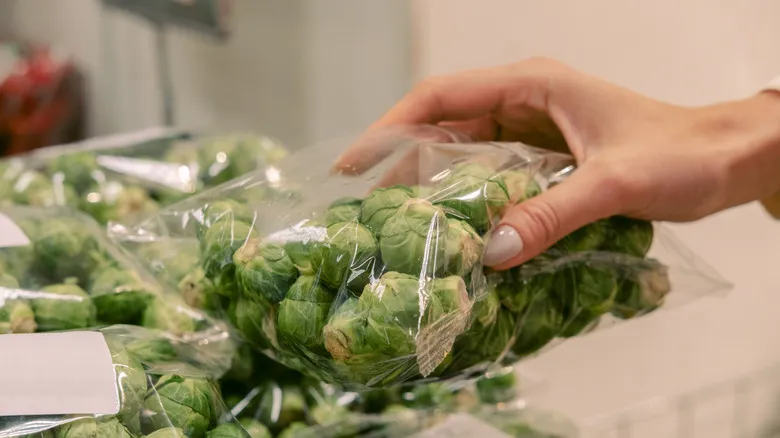
How To Choose The Best Brussels Sprouts At The Grocery Store, Every Time
Next up

